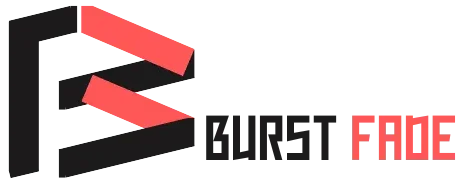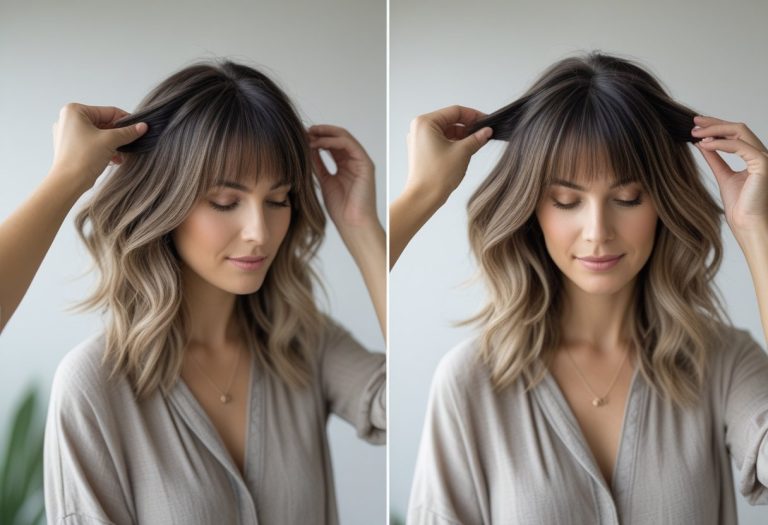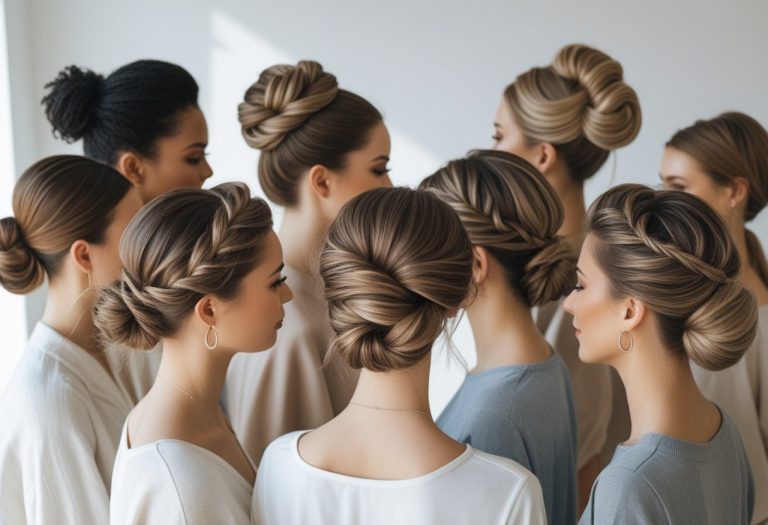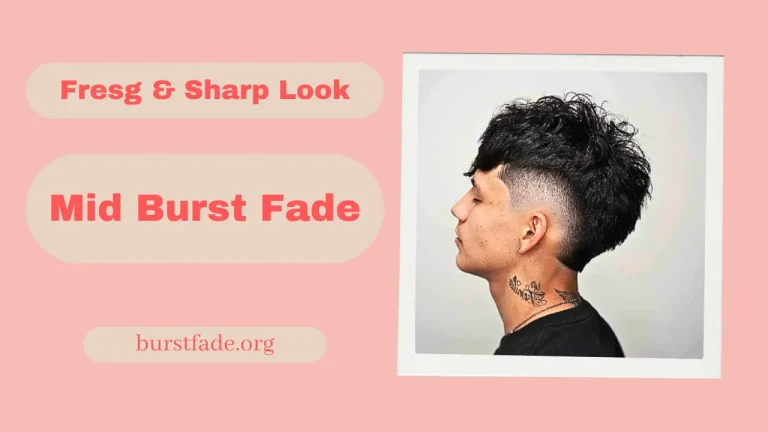Butterfly Haircut 2026 The Ultimate Layered Style for Volume
The Butterfly Cut, one of the most talked-about hairstyles of 2026, brings soft, cascading layers that add both volume and movement to the hair. It cleverly blends shorter face-framing layers with longer lengths underneath, creating the illusion of shorter hair while maintaining length. This style is perfect for medium to long hair, providing a light, airy texture that flatters every face shape and enhances natural flow.

Widely seen across Instagram and TikTok, the Butterfly Cut has become popular for its effortless, bouncy look that suits various hair types. Its versatile layering makes styling straightforward while adding dimension without bulk. This makes it a practical yet stylish choice for those wanting an updated, dynamic haircut.
What Is the Butterfly Cut?
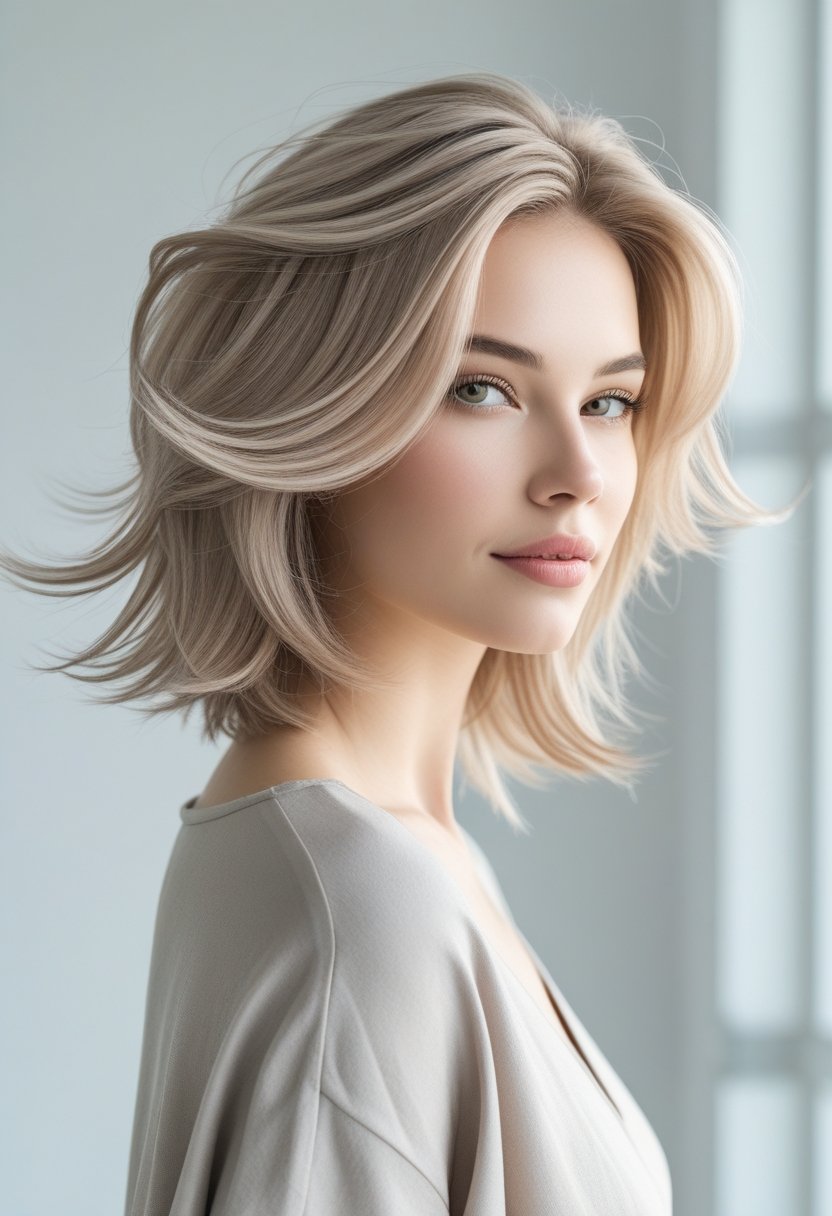
The butterfly cut is a distinctive layered hairstyle designed to create volume, movement, and a soft, feathered texture. It carefully balances shorter layers near the face with longer layers underneath, producing the appearance of lighter, more dynamic hair without sacrificing length.
Signature Features of the Butterfly Cut
The butterfly cut features soft, cascading layers starting around the chin and extending to shoulder-length or longer. These layers are feathered to create a floating, weightless texture that resembles butterfly wings when styled.
Face-framing layers are a hallmark, often combined with curtain bangs or longer strands that blend seamlessly into the rest. This style adds natural bounce and body, enhancing hair’s flow.
It suits a wide variety of hair types and textures, making it versatile for straight, wavy, or curly hair. The layered structure allows for easy styling and keeps hair from appearing flat or heavy.
How the Butterfly Cut Differs From Traditional Layered Hairstyles
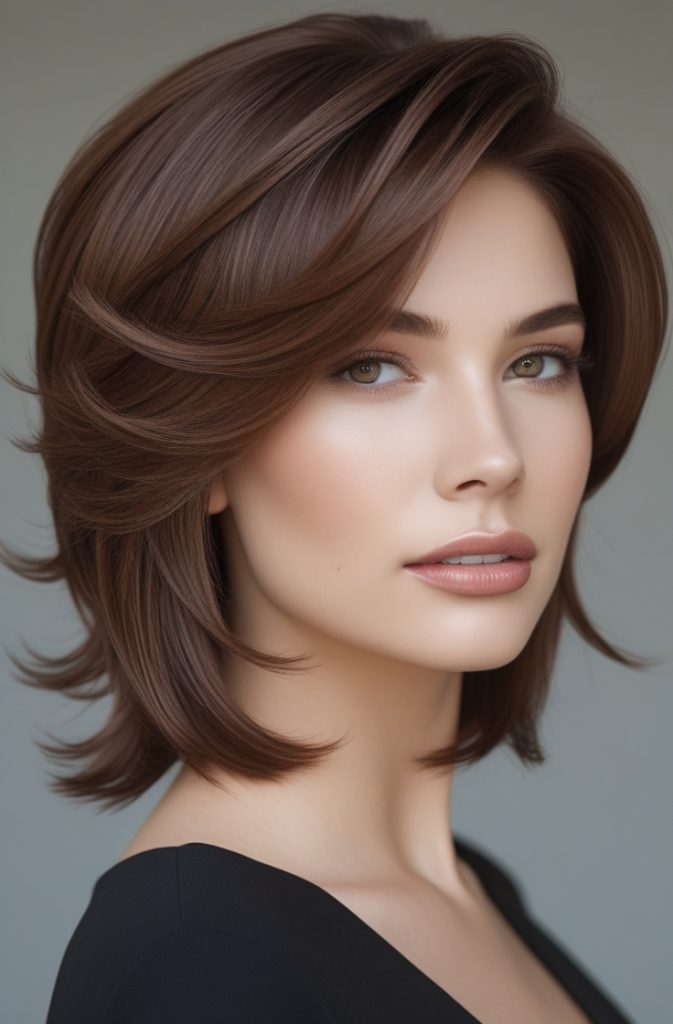
Unlike traditional layered hairstyles, which vary widely in length and thickness, the butterfly cut emphasizes gradual, feathered layers designed specifically to enhance volume and lightness. The layering technique creates a sharp, structured yet soft silhouette.
Traditional layered cuts can be more uniform or chunky, while the butterfly cut maintains a flowing, airy shape. It blends the benefits of modern shag haircuts with lighter, feathery ends, making it unique for balancing volume without bulk.
This cut also strategically frames the face with shorter layers, differentiating it from standard layers that often focus evenly on all sections. The result is a layered hairstyle that appears both natural and fashionable without heavy trimming of the overall length.
Benefits of the Butterfly Cut
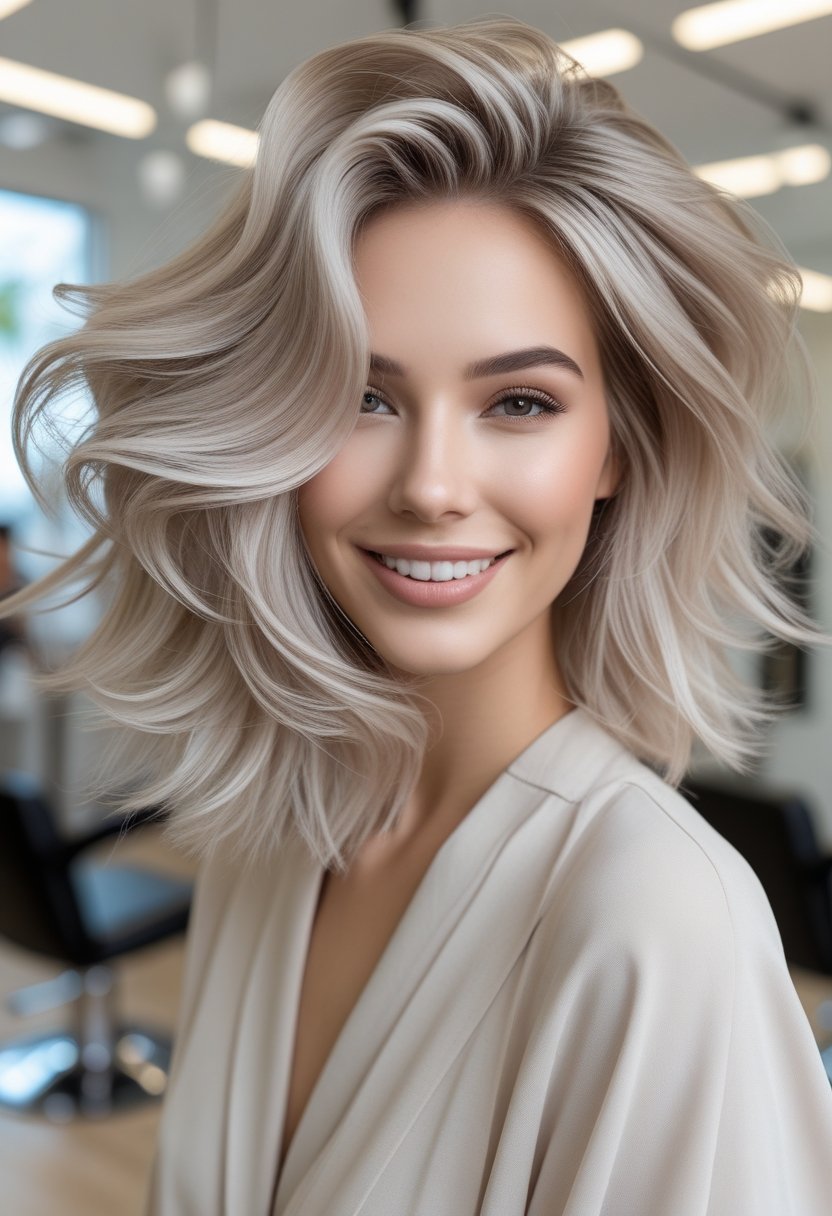
The butterfly cut offers distinct advantages that enhance natural hair texture and shape. It balances layered volume with length retention and emphasizes facial features through strategic layering.
Creating Volume and Movement
This cut is designed to add volume through soft, cascading layers that inject body and bounce. It benefits those with fine or straight hair by creating the impression of density without heaviness.
For individuals with voluminous curls or waves, the butterfly cut controls bulk while allowing natural movement. Its layered structure distributes weight evenly, preventing hair from appearing flat or lifeless.
The cut works well on long hairstyles, providing lift and avoiding the weighed-down effect common with unlayered lengths. Layers also encourage airflow and natural swing, contributing to a livelier look.
Face-Framing Layers and Their Impact

Face-framing layers are a key element in this style. They soften facial features and add dimension without shortening overall length. This helps accentuate cheekbones and jawlines subtly.
These shorter front layers integrate seamlessly with longer strands, creating a versatile style that flatters every face shape. The effect is both youthful and sophisticated, suitable for casual and formal settings.
For those with fine hair, face-framing layers add texture that gives a fuller appearance around the face, while preventing strands from clinging flatly to skin. This improves overall hairstyle balance.
Illusion of Shorter and Longer Hair
The butterfly cut cleverly combines shorter layers on top with longer lengths underneath, resulting in a dual-length illusion. This effect allows the hair to appear shorter at first glance while keeping extended length visible.
This blend is especially useful for individuals who want the manageability of a short hairstyle but prefer to maintain long hair for styling versatility. It offers an ideal compromise between both.
By maintaining longer strands below, the cut preserves the option for ponytails or updos. Simultaneously, the upper layers create volume and movement, presenting a fresh, light appearance without sacrificing length.
Who Should Consider the Butterfly Cut?
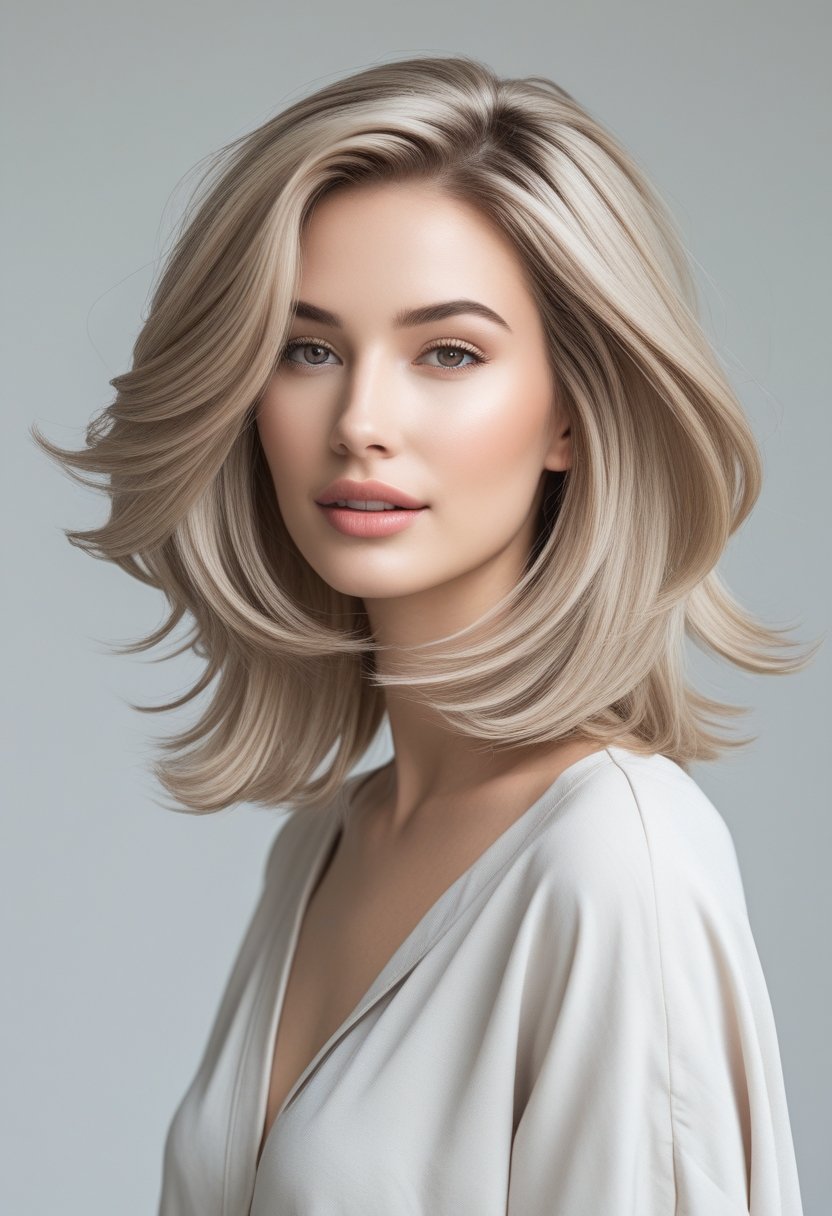
The butterfly cut suits a variety of hair types and face shapes, especially those looking for volume and movement without sacrificing length. It works best on medium to long hair and benefits from face-framing layers that enhance natural texture and flow.
Best Hair Textures for the Butterfly Cut
This cut adapts well to most hair textures but performs exceptionally on fine to medium hair. Fine hair gains volume and the illusion of thickness through shorter layers placed near the crown. For thicker hair, the cut helps remove bulk, creating a lighter, more manageable feel while maintaining body.
Wavy and slightly curly hair types benefit from the natural movement enhanced by the layers. Straight hair gains bounce and dimension, preventing flatness. The butterfly cut’s layering is customizable to emphasize hair’s natural texture without overwhelming it.
Ideal Face Shapes
The butterfly cut flatters nearly all face shapes. Its face-framing layers soften angular features and add balance to oval faces. For round faces, the longer layers elongate the look, while for square faces, graduated layering can mask sharp jawlines.
Heart-shaped faces also benefit as the style highlights cheekbones and softens the forehead area. Its versatility allows hairstylists to tailor the length and layering around the face for a flattering, proportional effect.
Hair Length Requirements
The butterfly cut is best suited for medium to long hairstyles. Hair that is shoulder length or longer allows the layered effect to flow naturally. Short hair is less ideal as the cut relies on length to create its signature cascading movement and volume.
Maintaining length underneath is essential to avoid the cut looking too heavy or blunt. The layering technique ensures the style keeps a light, airy texture while preserving length, making it suitable for those who want dynamic layers without losing their hair’s overall length.
Butterfly Cut vs. Other Trending Hairstyles
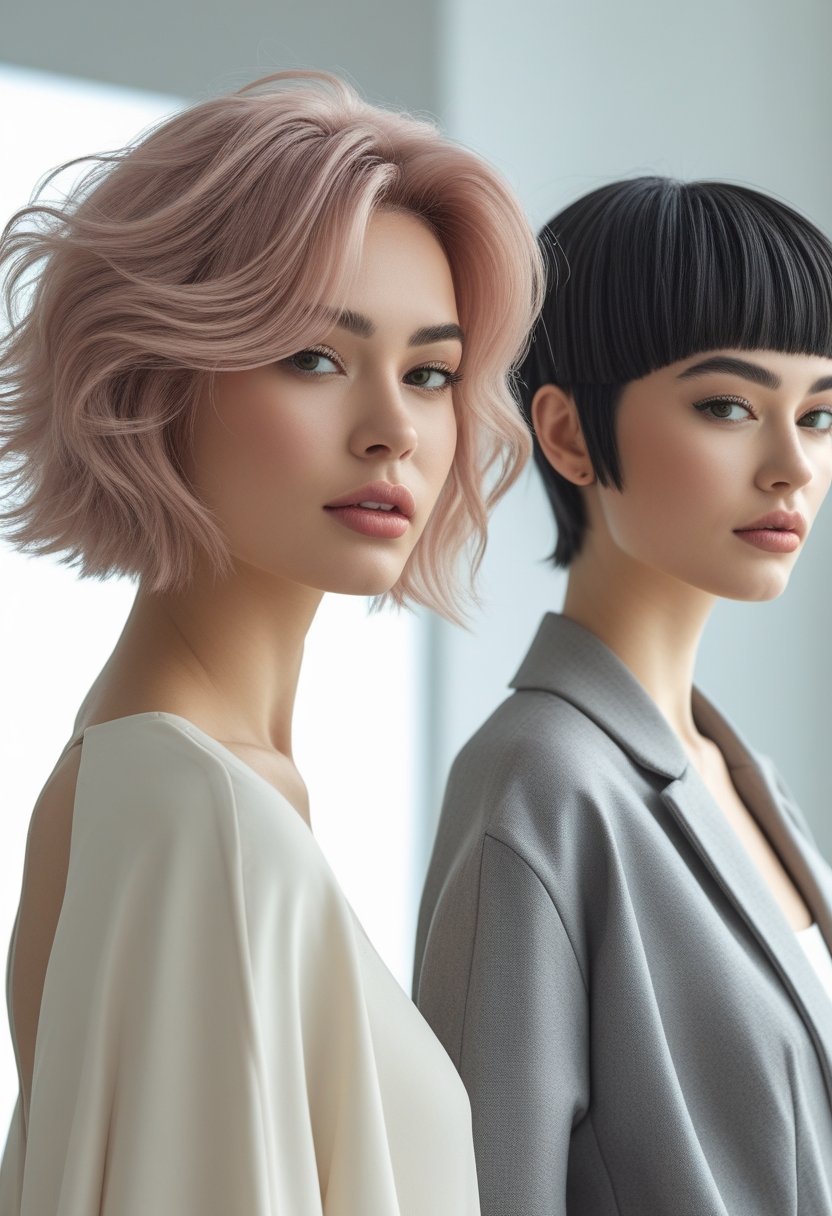
The butterfly cut offers a unique combination of layering and volume that sets it apart from other popular hairstyles. Its distinctive mix of short face-framing layers and longer lengths creates softness and movement unlike many trend-driven cuts.
Butterfly Cut vs. Wolf Cut
The wolf cut emphasizes a rugged, edgy look with choppy layers and often a messier, more textured finish. It typically features shorter layers at the crown and longer, tapering ends, producing a wild silhouette. In contrast, the butterfly cut maintains a softer, more flowing appearance with feathered layering aimed at lightness and bouncy volume.
While both cuts boost volume at the crown, the wolf cut’s heavier texture lends itself to a more dramatic, rebellious style. The butterfly cut is more versatile for various hair textures and suits those seeking a balanced, polished look without sacrificing length.
Butterfly Cut vs. Bob Haircut
The bob haircut is a shorter, more structured style that usually ends at or above the jawline. It offers a clean, bold shape that frames the face sharply, providing a modern, minimalist appeal. The butterfly cut, however, works best with medium to long hair and relies on layered dimension to create softness rather than a blunt edge.
Unlike bob hairstyles, which often have uniform length, the butterfly cut’s multiple layers add movement and volume while preserving length. This makes the butterfly cut preferable for those wanting a more dynamic style with fluidity and lightness, rather than the defined shape of a bob.
Butterfly Cut vs. Mullet Haircut
The mullet haircut is characterized by short layers in the front and sides combined with longer layers at the back. It carries a bold retro vibe and can be styled to look either edgy or polished. The butterfly cut resembles the mullet in having varied layer lengths, but it emphasizes seamless blending to create soft transitions rather than sharp contrasts.
The butterfly cut prioritizes movement and volume using feathered layers around the face and crown, whereas the mullet often focuses on a striking silhouette with contrasting section lengths. The butterfly cut suits those looking for a modern, feminine layered effect, while the mullet is a statement style for those drawn to standout, unconventional trends.
How to Style the Butterfly Cut
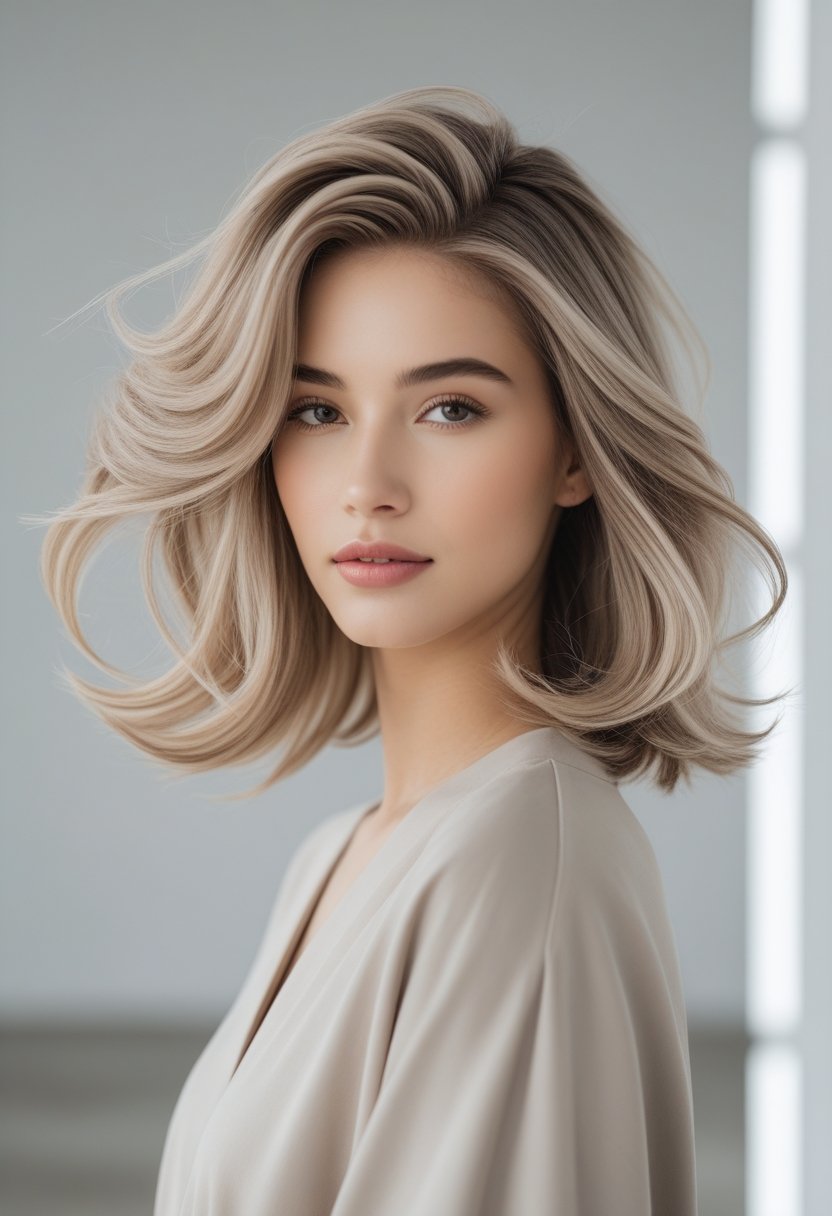
Styling the butterfly cut centers on enhancing its layered shape and natural movement. Attention to volume, texture, and light hold products helps maintain the airy, dimensional look. Using the right tools and methods can amplify the cut’s bounce and softness, making styling simple and effective.
Everyday Styling Tips
To keep the butterfly cut looking fresh and voluminous, start by blow-drying with a round brush. Lifting the roots while directing airflow upwards creates natural lift. Using fingers to tousle hair afterward preserves softness and prevents flattening the layers.
For a quick, bouncy finish, lightly mist a texturizing spray through the mid-lengths and ends. This adds separation and movement without weighing hair down. Avoid heavy creams or oils on freshly styled layers as they can reduce volume.
Flat irons can be used to create soft bends or inward flicks on the shorter, face-framing layers. This technique emphasizes the butterfly wings shape without making hair overly straight or stiff.
Best Products and Tools for Volume
Key products include lightweight mousse and texturizing spray. Mousse firms up roots to extend lift, while texturizing sprays add grip and highlight the multi-layered effect. Volumizing powders can also refresh volume on days between washes.
Tools that perform well with this cut are round brushes for blow-drying and flat irons with curved edges. A diffuser attachment helps enhance natural waves without frizz. Avoid heavy styling tools that flatten hair or make it look greasy.
Recommended tools and products:
| Product/Tool | Purpose | Use Tip |
|---|---|---|
| Lightweight mousse | Root lift and hold | Apply at damp roots |
| Texturizing spray | Adds separation, grip, and bounce | Spray mid-lengths, scrunch |
| Round brush | Creates volume and sweep | Use during blow-drying |
| Flat iron (curved) | Soft bends and inward flicks | Style in small sections |
How to Enhance Natural Texture
The butterfly cut works well with natural waves or curls by giving structure and definition. After washing, a curl-enhancing cream or light mousse helps maintain the natural pattern while preventing frizz.
Avoid heavy conditioners or serums that can weigh down hair texture. Instead, use a diffuser on low heat to dry and boost volume. For straighter hair, scrunching with a texturizing spray while drying can simulate the cut’s characteristic movement.
Regular trims keep the feathered layers fresh and prevent natural texture from getting weighed down or bulky. This supports an effortless, lived-in look that complements the butterfly style.
Maintaining and Caring for the Butterfly Cut
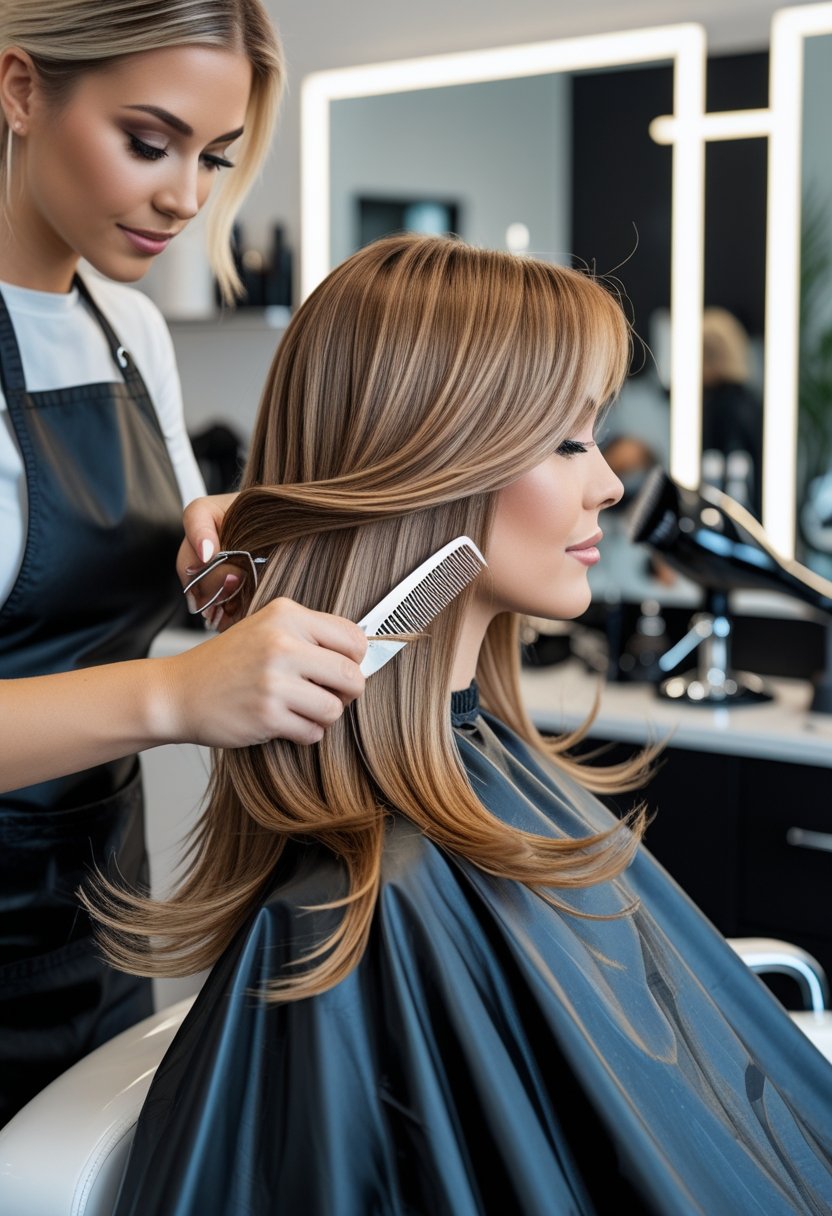
Proper upkeep of the butterfly cut involves regular trims and attentive styling to preserve its signature layers and volume. Using the right products and techniques prevents the style from looking flat or weighed down.
Routine Maintenance and Trimming
Regular trims every 6 to 8 weeks help maintain the butterfly cut’s shape and crisp face-framing layers. This prevents split ends and keeps the volume consistent.
They should focus on preserving the length underneath while refreshing the top layers to maintain movement. A stylist skilled in layered cuts will ensure the layers remain soft and cascading rather than blunt.
Scheduling trims on time also prevents the style from losing its airy texture, which is key to the butterfly cut’s lightweight feel.
At-Home Care Tips
Daily care should include gentle shampooing and conditioning to keep hair healthy and avoid rebound frizz. Using a wide-tooth comb or fingers to detangle dry strands minimizes breakage.
Heat styling tools should be used with a heat protectant to maintain hair integrity. When drying, styling from roots to ends with a round brush enhances natural volume.
Applying a light texturizing spray after styling can boost movement and separation without adding heaviness. Avoid heavy oils or butters, as they can weigh down the layers and reduce bounce.
Recommended Styling Products
A texturizing spray designed for volume is crucial. It helps define the butterfly cut’s layers by adding grip and fullness without stiffness.
A lightweight mousse or volumizing foam applied to damp hair supports lift at the roots. For shine and frizz control, a serum with silicone can be used sparingly, focusing on mid-lengths to ends.
Avoid heavy creams or thick gels that flatten the layers. Instead, choose flexible hold products that keep the cut’s natural flow and allow for easy re-styling throughout the day.
